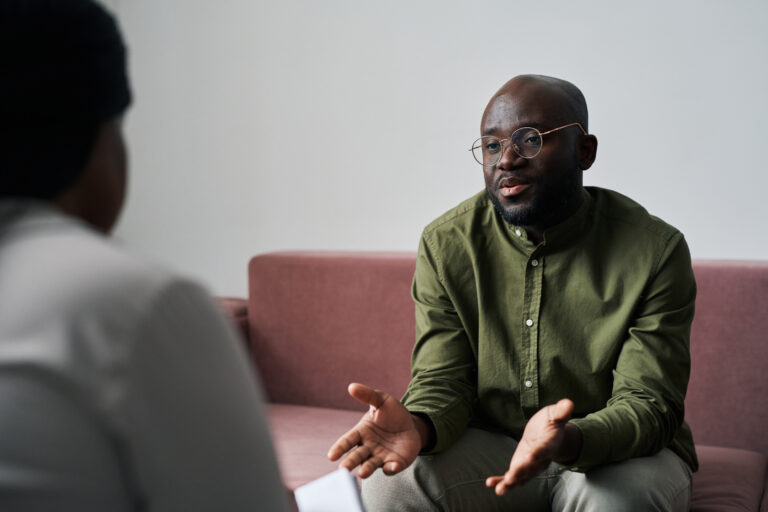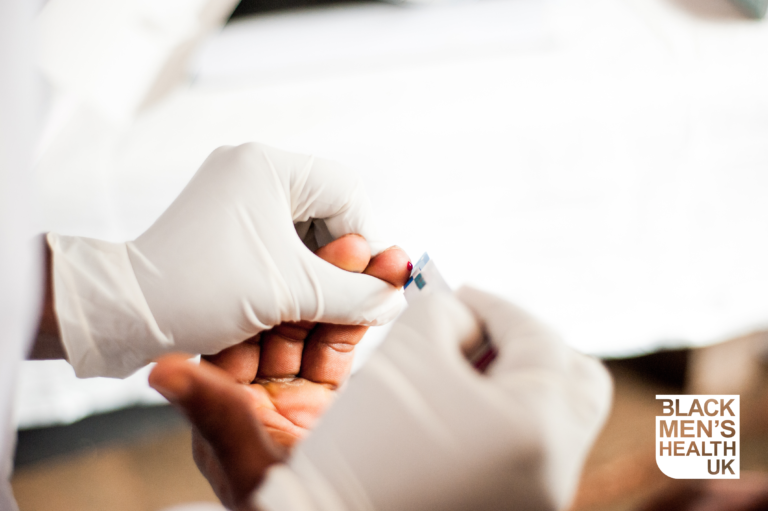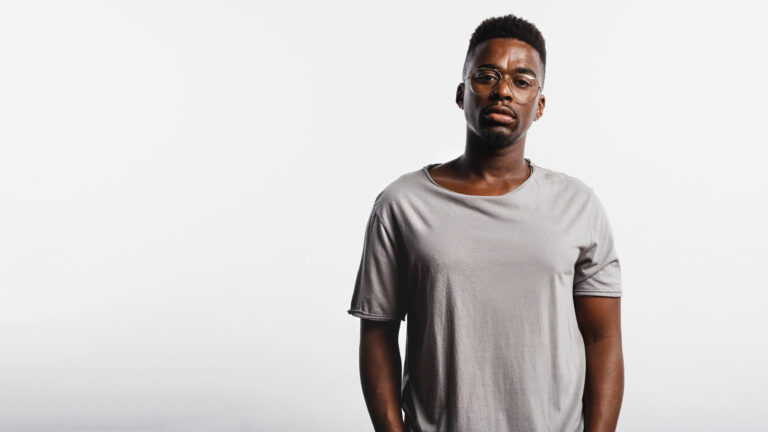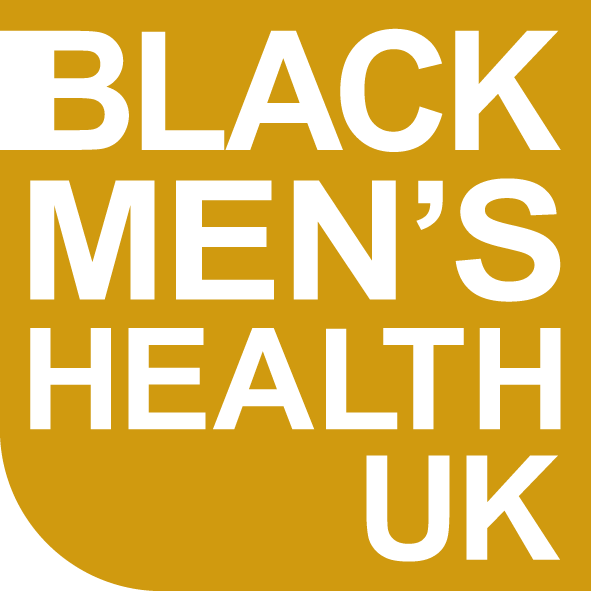An innovative business is using a barbershop app that’s been championed by researchers as a way to improve the health of Black men.

FLEDGLING ENTREPRENEUR Andrew Suggs of Baltimore wanted to help African American men get to the barbershop on time, so he created an app for that. But he soon found himself immersed in separate data showing Black men suffer from conditions like diabetes and high blood pressure at rates significantly higher than whites.
Then there was Suggs’ father, who, like many Black men, wasn’t sufficiently connected to the health care system. John Suggs didn’t have a primary care doctor, so when he got sick, he’d head to the nearest emergency room.
The combination of data and firsthand observations of his dad led the younger Suggs to an epiphany. He repurposed his Live Chair app and created Live Chair Health, a platform that can help African American men review their health, connect with a doctor and get screened for the coronavirus – all from the barbershop.
To date, four barbershops in the Baltimore area are using the Live Chair Health program, but plans are in the works to add 17 more, thanks in large part to a recently announced partnership with Maryland medical provider LifeBridge Health.
“African American men have mistrust of the medical system – they weren’t engaged in their health care, didn’t frequent their primary care physician as often as they should,” Suggs says. “We have many men, and some women, that didn’t have a primary care provider. What we’re able to do now with this new partnership with LifeBridge Health is get that person to opt in to see a primary care physician” or a specialist if necessary.
Suggs’ initiative is part of a small but growing push to improve the health of African American men by connecting with them when they come in for a shave or a haircut. Doctors and researchers have enlisted barbershops to battle everything from prostate cancer to HIV/AIDS, connecting Black men to the health care system and reaching them where they are.
“If you want to adjust a problem, you go to the source,” says Dr. Joseph Ravenell, an associate professor in the Department of Population Health at New York University’s Grossman School of Medicine. “If you want to find a place where you’re likely to find a number of Black men who are willing to talk about health, the barbershop is the place to go.”
That’s because barbershop culture in the Black community “is one built on conversation, one that is built on trust between and among Black men or trust among the customers, and of course, a trust between the barbers and barbershop clients,” says Ravenell, who used to accompany his father every Saturday to the barbershop when he was growing up in New Jersey.
When health is the topic, “it requires a bit of vulnerability for people to participate,” he says. “The barbershop provides the population as well as the culture and environment to talk about the health of that population.”
While Suggs’ initiative is among the latest to tap into the idea, linking health care to barbershops is a back-to-the-future concept.
Over the course of history, barbers not only cut hair, but people turned to them for bloodlettings, teeth-pulling and even surgery as well. The ancient Greeks used barbershops as a gathering place to exchange news and gossip. And in the African American community, barbershops became an important cultural space where men could speak freely about their lives and issues of the day.
Pioneers in bringing health care and education to barbershops include the late Dr. Ronald G. Victor, a cardiologist and researcher who worked at UT Southwestern Medical Center in Dallas and Cedars-Sinai Medical Center in Los Angeles. Victor was intrigued by the idea of barbershop interventions for high blood pressure in the 1990s while at UT Southwestern and conducted his first trial in the Dallas area starting in 2006, with barbers at Black-owned shops taught how to take blood pressure readings for clients.
Meanwhile, the concept of using barbershops to curb high blood pressure or other issues has been deployed in places including California – where Victor and colleagues added pharmacists to the mix – and New York.Victor himself trained Ravenell, who has conducted his own series of barbershop health studies and interventions, and delivered a TED Talk on the subject.
“Thanks to work done by myself and several of my predecessors and heroes, we have demonstrated that the barbershop can be a very effective place for both reaching Black men and for materially (changing) some of the outcomes” of chronic conditions, Ravenell says. “We were able to demonstrate not only that partnering with barbers in barbershops to address Black men’s health was feasible, but that it could result in significant reduction (of subjects’) blood pressure.”
Indeed, “I do believe that barbershops are the next frontier, along with other community-based settings,” Ravenell says. Programs like Suggs’, he says, “are going to become the norm,” in which caregivers become “more proactive about going into community settings to try to identify people who need to be our patients” to help improve the health of the population.
Suggs’ idea for Live Chair Health, however, began closer to home.
“It started off as a scheduling and booking tool for Black barbers,” he says. But two years into the project, a discussion with Dr. Peter Blair, his business partner, about Suggs’ father – and the health of Black men in general – triggered the pivot.
“We were looking at the health statistics, and the disparities,” Suggs says. “That led to a conversation and questions about where Black men go, who they trust and how to change it.”
“A lightbulb went off,” Suggs says. “We said to ourselves, ‘Hey, dummies! You’re serving this audience with a scheduling and booking company, right? Why not just bring health care services to the barbershop?'”
The strategy is simple and straightforward: Patrons answer an online health risk assessment survey, which asks about habits like smoking or drinking, as well as questions about access to affordable food and exercise – and a trained barber takes information such as their blood pressure and weight. The client enters the information via a kiosk or smartphone app.
On busier days, like Thursday, Friday and Saturday, “we actually have a certified medical assistant doing the readings and other screenings as well,” Suggs says. Amid the COVID-19 pandemic, a barber takes clients’ temperatures with an infrared thermometer; anything higher than 100.4 – the threshold for a fever – and the client can get a referral to a doctor for a coronavirus test.
The point, Suggs says, is to get a client connected to services.
“What that health risk assessment allows us to do is to analyze the data, and then provide recommended services based on those insights,” Suggs says. If a client has an urgent health concern, “we have doctors ranging from cardiothoracic surgeons to psychiatrists and everyone else in between,” he says.
For some, though – including his father – a visit to a doctor’s office isn’t the norm.
The elder Suggs, an Atlanta minister, “had several stints back and forth in the ER, for various reasons,” his son says. Headed out for a haircut earlier this year, John Suggs wasn’t feeling well, so he headed to the emergency room instead. He died not long afterward.
While statistics show the average lifespan for U.S. men is 76 years, his father “passed away at 56 years old” from congestive heart failure, Suggs says. “Which means his life got cut by 20 years from a chronic disease that could have been prevented.”
The premature death of his father “has emboldened me to do this mission – to go even farther and just run faster,” Suggs says. “Had I known what I know now, I definitely would have recommended some things to my pops 10 to 15 years ago. I can do that now with the larger African American population.”
This article originally appeared in U.S. News
